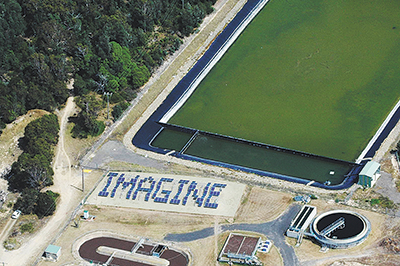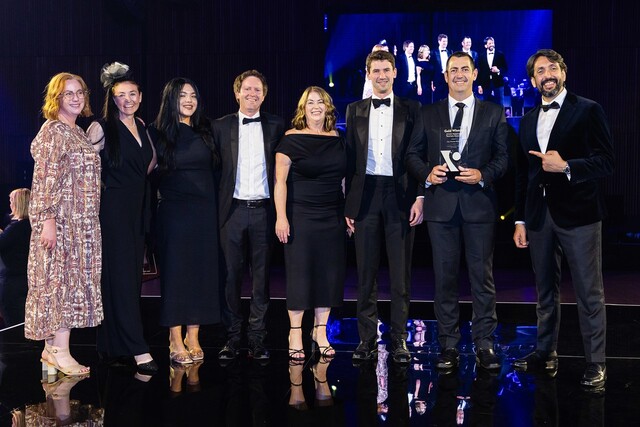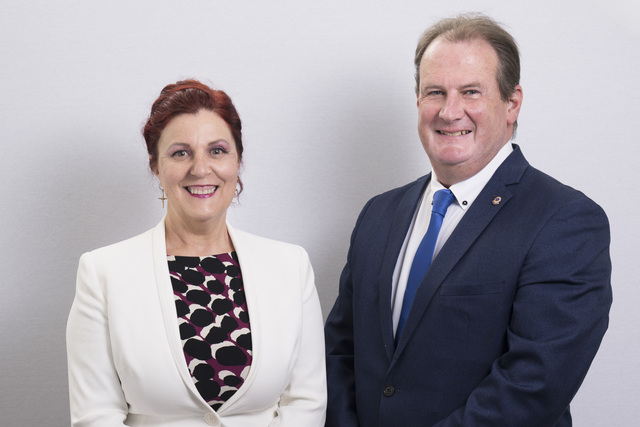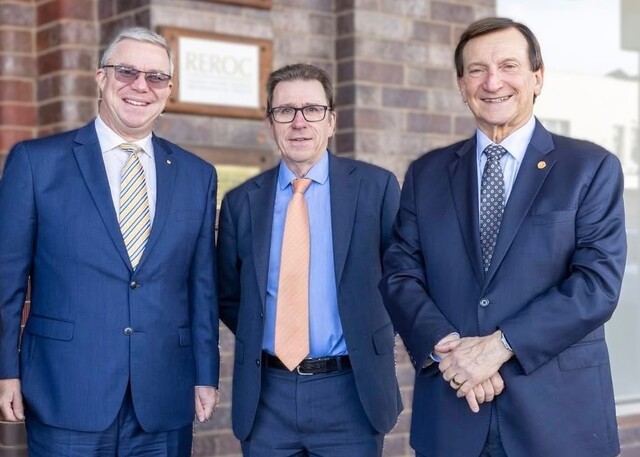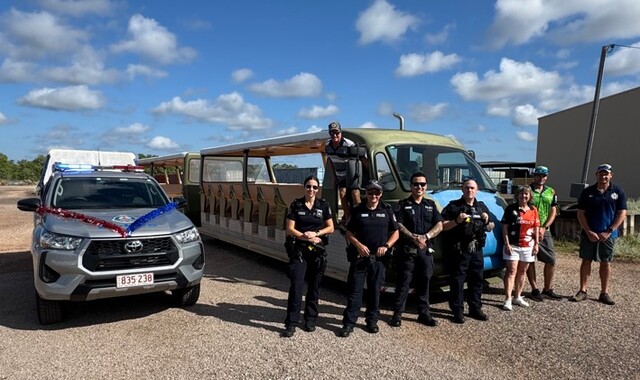Local councils across Australia are partnering with community groups to invest in clean small-scale alternatives to big power.
In August, Newcastle City Council – home to the world’s biggest coal port – pledged to divest from fossil fuels. The Council joined a growing number of Australian local governments that have made similar pledges. Many other municipalities have plans to significantly lower carbon emissions within the next 10 years, and as part of this shift, are investigating smaller scale methods of energy generation.
In Tathra, a small seaside town in New South Wales, large blocky letters are laid out in sand, so big they’re visible from the sky. The blocks spell the word ‘IMAGINE’ and are composed of 120 solar panels. This is one of the first community-owned solar farms in Australia, and, as well as acting as an art installation, it offsets the energy of the sewerage plant it sits next to. The project is a joint venture between Bega Valley Shire Council and local group, Clean Energy For Eternity (CEFE).
Council Project Manager, Daniel Murphy, said the 30kW farm has been a success since it was switched on in mid-March. “The total energy reduction is in line with what we expected, equal to one third of energy consumption on the site”. Mr Murphy said savings will be around $4000 this calendar year.
Council was approached by CEFE, who Mr Murphy said, “had a long interest in developing a community solar farm. They contacted Council in late 2013 and started initial discussions”. Council matched the funds CEFE had raised and further funding was sourced from community donations.
All money saved is to be channelled into other solar projects in the community and Mr Murphy said they are currently saving the cash to begin installing solar panels on a variety of community buildings, which may include, Rural Fire Service sheds, surf lifesaving clubs, community halls and churches.
In November, the project was awarded a NSW Government Green Globe award in the category of Climate Leadership.
Similar council-community solar projects are on the cards in other areas. Lismore City Council – in partnership with Farming the Sun – is working towards developing two 100kW community-owned solar farms, to be built at Goonellabah Sports & Aquatic Centre and East Lismore Sewage Treatment Plant. The Council has stated it aims to be the first regional council with a 100 percent renewable energy supply by 2023. The Council took home the Local Government sustainability Green Globe award for its ambitious sustainability efforts.
Impact investors are currently being sought for the project – up to 20 investors per solar farm – by way of loan to the Council. Installation is due to happen early next year.
The project received funding from the New South Wales Government Growing Community Energy (GCE) grant program, which has so far funded 19 community energy projects, including another community-council solar project between Byron Shire Council and Community Owned Renewable Energy Mullumbimby.
Last month, the Victorian State government released the ‘Guide to Community-Owned Renewable Energy for Victorians’, which discusses wind, solar, small-scale hydro, geothermal, and bioenergy projects, and includes specific advice for community-council projects. Symbolically, the report was launched at the annual general meeting of Hepburn Wind, Australia’s first community-owned wind turbine.
Operating since 2007, the project is considered a pioneering example of community energy in Australia. Hepburn Wind is financially backed by community investment and the Victorian State government, but Hepburn Shire Council was supportive via planning and compliance processes.
Taryn Lane, who works both for Hepburn Wind and Embark –a not-for-profit organisation that aims to accelerate community renewable energy–, said there is growing interest from councils in this area.
“What we know from overseas is that municipalities can play a huge role, in Europe and the US particularly, and we’d like to see this in Australia.
“As local government owns a lot of sites for projects, there are great opportunities.”
Ms Lane said partnerships are mutually beneficial for councils and community and she encouraged all interested parties to consider the ‘Guide to Community-Owned Renewable Energy for Victorians’.

